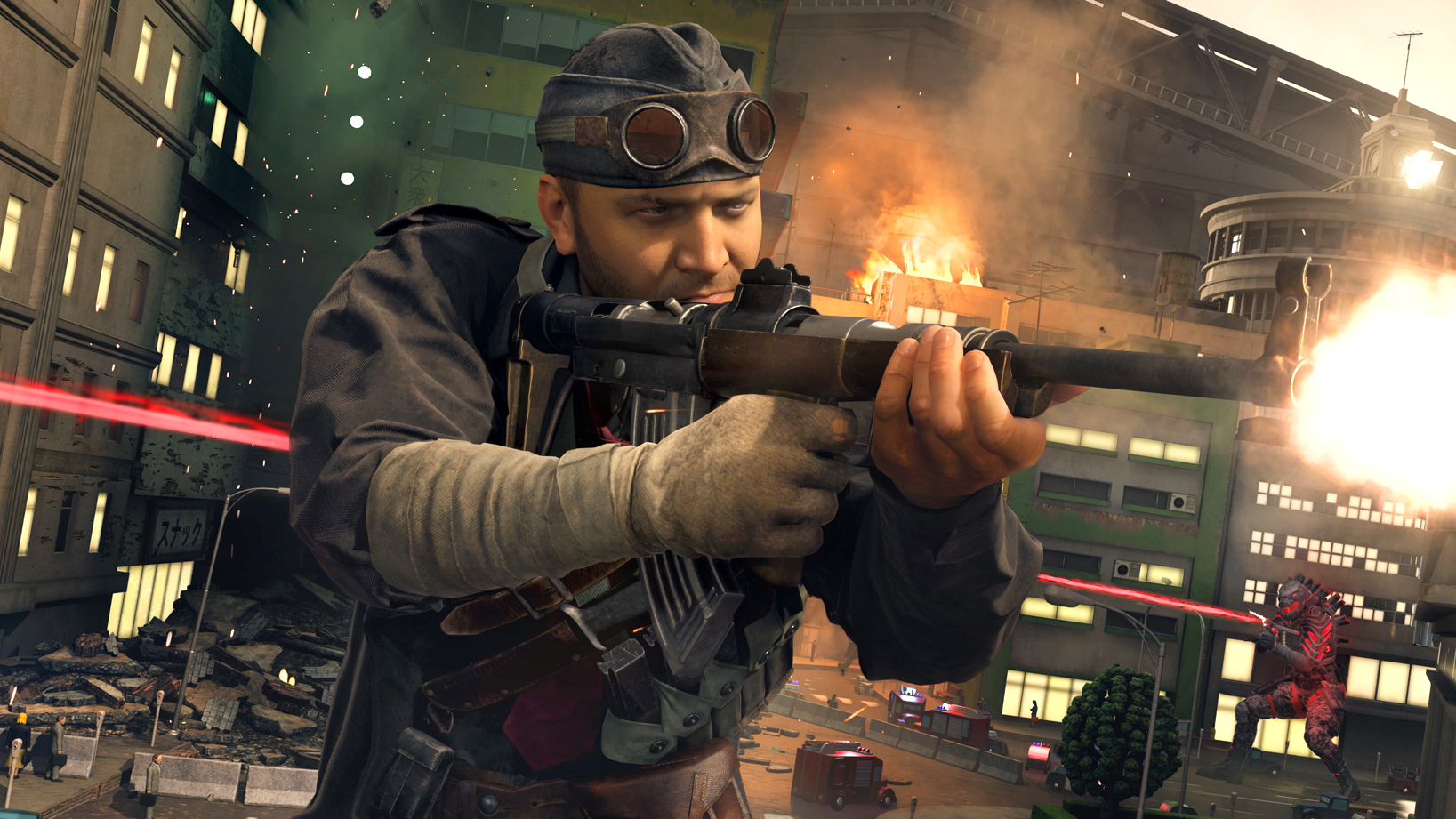Here's why you should buy a microSD card for your Nintendo Switch
Cheap and easy storage

It’s might not be the most powerful console going, but the Nintendo Switch remains as popular as ever – even five years after launch. The hybrid console recently hit a milestone of 107 million sales and continues to receive a great selection of games every month.
Game releases aren't slowing down anytime soon, either, with the Switch on course to receive Splatoon 3, Xenoblade Chronicles 3, and Mario Strikers: Battle League in the coming months, which means if you haven’t already, it may be time to consider buying one of the best SD cards for Switch.
For all the Switch's strengths, storage feels lacking without a MicroSD card. For standard Nintendo Switch and Switch Lite consoles, you only get 32GB of storage total. The Nintendo Switch OLED is slightly more generous, boosting the console's storage to 64GB – but realistically, that just isn’t going to last.
Thankfully, Switch games don't tend to take up too much space, with many big indies like Hyper Light Drifter, Among Us, and Bastion all weighing in under 1GB. The same is true of Nintendo’s own library: Super Mario Odyssey only needs 5.3GB, while Animal Crossing: New Horizons currently requires 10.8GB.
That's not bad when compared to other platforms like PS5 and Xbox Series X, but those two games will take up half your storage space alone on older Switch consoles.
Upgrading is super easy

Luckily, every Switch console supports up to 2TB MicroSD cards, though you won’t find anything beyond 1TB on the market presently. Better still, they’re really cheap, you can get a 256GB SanDisk Ultra right now for less than £30/ $30/ $53 AUD. That's exactly eight times what you get as standard.
Adding a MicroSD card is super easy too. On the original Switch and Switch OLED designs, there’s a small slot behind the kickstand. Simply plug in your card and you're good to go. The Switch Lite is different, it doesn’t include a kickstand since it's designed with handheld play in mind. However, there’s a clearly labeled slot at the back of the console.
File sizes just keep increasing

As games grow in scope and ambition, so do file sizes, and they’ve hit some hefty milestones on other platforms. Call of Duty is a notorious offender here, and on Xbox Series X, Call of Duty: Black Ops Cold War can take up over 190GB of storage. On PS5, bump that up to 225GB. Fortunately, both consoles include considerably more storage than the Switch (1TB for Xbox Series X and 825GB on PS5) but if you’re into big AAA games, this quickly evaporates too.
At least that’s not been as big a problem on Switch as games rarely exceed 25GB. It might be another reason why Nintendo opted for the smaller 32GB storage space on the launch model beyond pricing, as it just wasn’t a pressing concern. Still, I’m glad they had the foresight to make storage expandable and, as mentioned before, MicroSD cards are cheap. Expanding your storage on PS5 and Xbox Series X is a lot more expensive.
That said, some big releases on Nintendo Switch have exceeded that 32GB space allowance, though this is a rarity. 2K’s NBA series has progressively gotten larger, hitting 39.4GB with NBA 2K21. Bethesda’s DOOM Slayers Collection – which includes Doom 1-3, 64, and Doom (2016) – takes up 32.2GB, while The Witcher 3: Wild Hunt – Complete Edition comes close at 31.5GB.
It’s a trend that’ll likely continue, so finding a decent MicroSD card now saves you the hassle of having to delete and redownload games at a later date.
Sign up for breaking news, reviews, opinion, top tech deals, and more.
Henry is a freelance writer based in Bournemouth, United Kingdom. When he's not wandering in VR or burning through his RPG backlog, he's probably planning his next D&D session.
